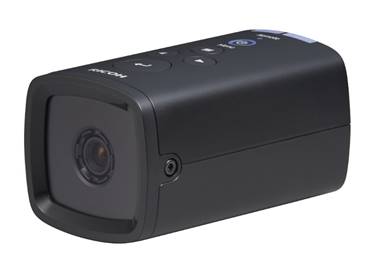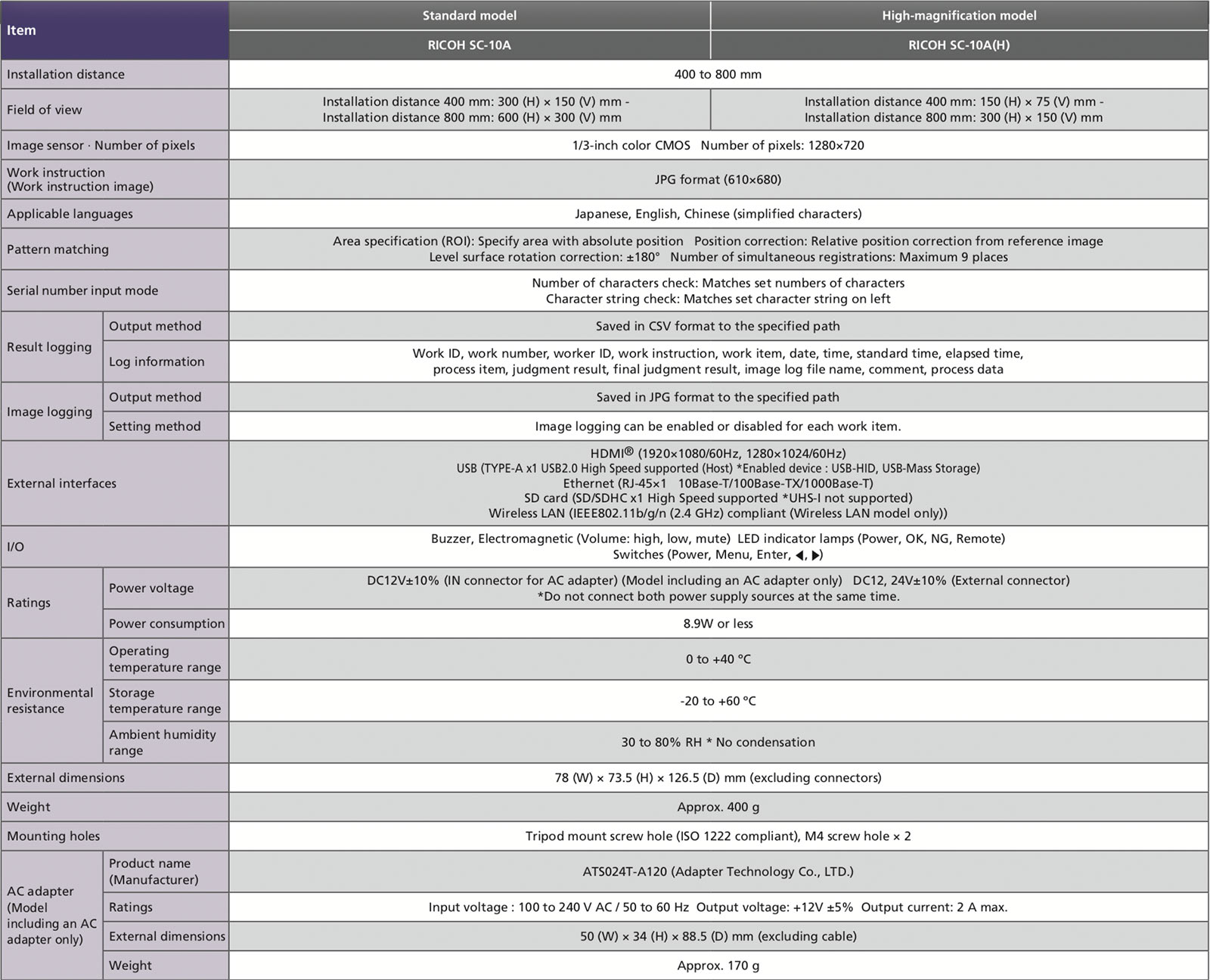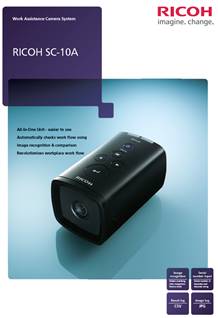New Product Release – The RICOH SC-10A
New Product Release by Ricoh – The RICOH SC-10A. A Work Assistance Camera System utilising the latest Image Recognition Technology that automatically checks the result of manual assembly work.
 Ricoh, which first released its Work Assistance Camera System RICOH SC-10A in Japan in 2016, has followed it up with a European release in November 2018. The Ricoh SC-10A uses the latest Image Recognition Technology to automatically inspect and confirm manufacturing processes during manual parts assembly.
Ricoh, which first released its Work Assistance Camera System RICOH SC-10A in Japan in 2016, has followed it up with a European release in November 2018. The Ricoh SC-10A uses the latest Image Recognition Technology to automatically inspect and confirm manufacturing processes during manual parts assembly.
In recent years, product quality has come more and more into focus in manufacturing businesses, after expensive recalls caused by failures in the production process. The RICOH SC-10A prevents process mistakes caused by human error during the assembly of parts by automatically comparing each step of the work result with pre-defined images by utilising the latest image recognition techniques.
Production efficiency is increased with RICOH SC-10A, because preventive measures like the double checking of work becomes obsolete.
An important feature of this product is its ease of set up by simply connecting a mouse, keyboard and monitor to it. This is because the RICOH SC-10A has integrated image recognition software and application. Work records like part’s serial numbers, actual working times, and much more can be collected in real time and used for process analysis, statistics and traceability etc. Settings data, like work instructions or checkpoints prepared for one work place can comfortably be copied into other RICOH SC-10A devices in your plants around the world.
This system is therefore ideal for companies, which offer small lot production of multiple product varieties, including measuring instruments and electronics device producers.
MAJOR FEATURES OF THE RICOH SC-10A
- Prevention of work mistakes through image recognition
- The integrated image recognition system compares the actual work results of individual work steps with pre-recorded correct versions, and such, detects when parts are missing or wrongly assembled.
- Production efficiency is greatly increased because the system halts the work process until the work results of the individual steps are recognised as correct.
- The system enables inexperienced new staff to work in the assembly process, by preventing work mistakes through image recognition and can be used for new staff training as well.
- Integration of camera, image recognition and application in one device
- Through this integration, complicated wiring, adjustments of the camera and application are avoided, because of the system’s ease of set up and use.
- No expertise or knowledge in image recognition technology or programming are required for the administrator for setting up the RICOH SC-10A. Simply connect a mouse, keyboard and monitor to start using the system immediately.
- The user simply follows the pre-recorded instructions on the monitor to progress the work process. After setting up the system, a mouse and keyboard are no longer required for actual operation.
- As the RICOH SC-10A integrates everything together, no external PC is required, contributing to cost savings and a benefit to work space limitations on site.
- Contribution to the digitisation of plants
- Part’s serial numbers, actual work result images, etc. are saved to a removable SD-card, or in a shared folder on the network, contributing to the digitisation of work results. These logged records can be used for traceability in quality management systems and for work analysis.
- Work instructions on paper printouts and manual check sheets become obsolete by the use of the RICOH SC-10A, dramatically reducing paper use.
- By use of the provided PC software, work instructions prepared in Microsoft® Office (Word, PowerPoint® & Excel®) are optimised for import into the RICOH SC-10A, meaning that customers can use their existing work instructions without the need to create new ones.
SPECIFICATIONS OF THE SC-10A
Catalogue


